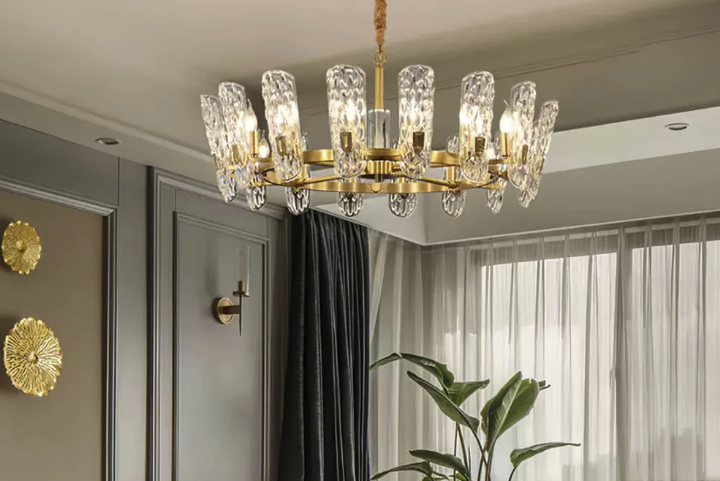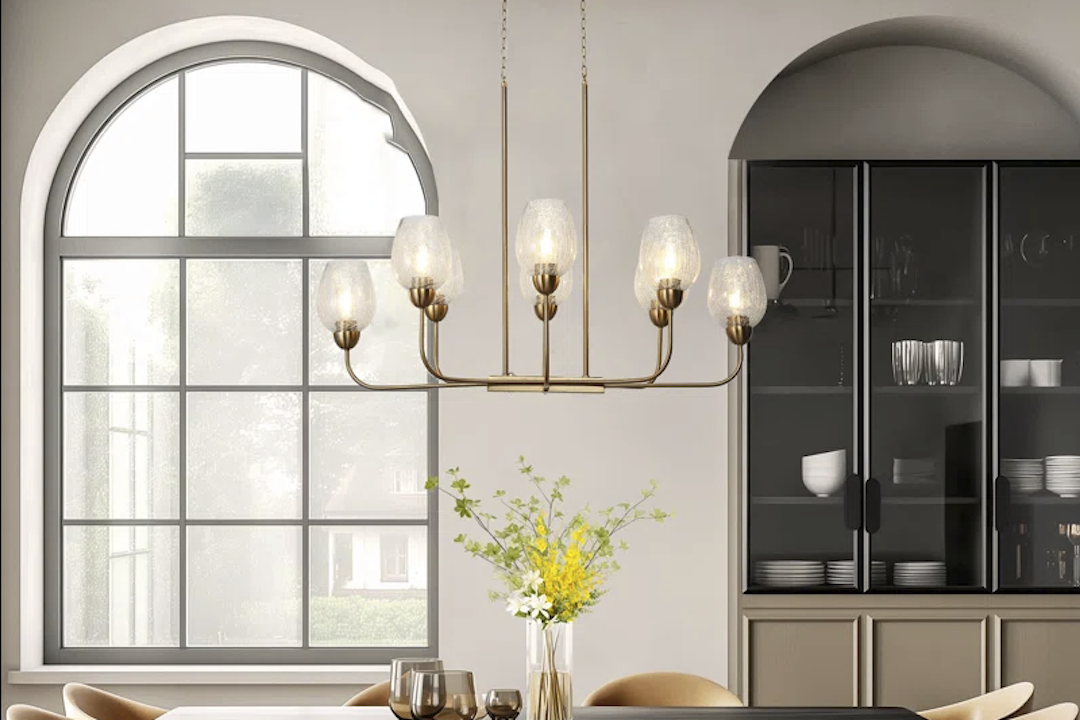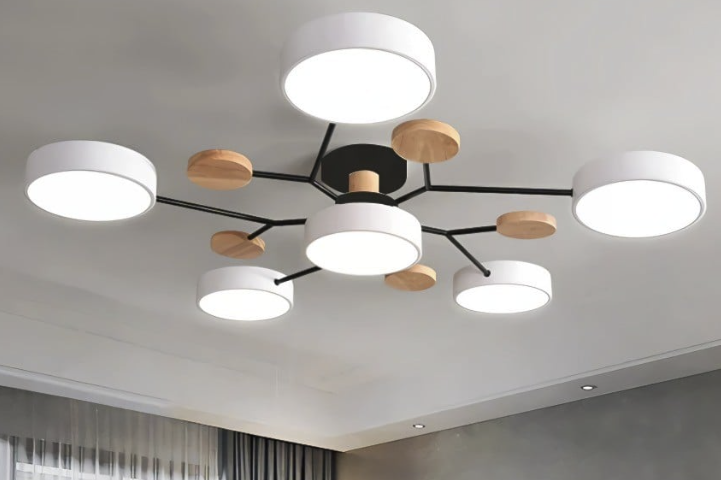Introduction
Light plays an important role in our lives. It not only helps us see in the dark, but it also affects our mood and health. White bulbs are widely used in our homes, offices, and streets because of their brightness and clarity. This article explores the magic of white bulbs, their history, types, and benefits.
The History of White Bulbs
The history of white bulbs dates back to the 19th century when Thomas Edison invented the first incandescent bulb in 1879. This early bulb emitted a yellowish light due to the use of carbon filaments. Later, the use of tungsten filaments in bulbs improved the brightness of light, but it still had a slightly yellowish tint.
In the 20th century, fluorescent bulbs were introduced, which emitted a brighter, cooler light. However, they had several disadvantages such as containing mercury, flickering, and producing a buzzing noise.
The 21st century saw the rise of LED bulbs that emit white light through a different process that does not require filaments. LEDs are more energy-efficient, have a longer lifespan, and emit brighter and clearer light than incandescent and fluorescent bulbs.
Types of White Bulbs
There are different types of white bulbs available in the market, each with its unique features and benefits. They include:
Soft White Bulbs
Soft white bulbs emit a warm, yellowish light that is similar to incandescent bulbs. They are ideal for creating a cozy and relaxing atmosphere in homes, restaurants, and hotels.
Bright White Bulbs
Bright white bulbs emit a cool, whitish light that is brighter than soft white bulbs. They are ideal for use in offices, schools, and hospitals where bright and clear light is required.
Daylight Bulbs
Daylight bulbs emit a bright, bluish-white light that imitates natural daylight. They are ideal for use in spaces where a natural and crisp light is required, such as art studios, workshops, and jewelry stores.
The Benefits of White Bulbs
White bulbs offer several benefits compared to other types of bulbs. They include:
Energy Efficiency
LED white bulbs consume less energy than incandescent and fluorescent bulbs. This reduces electricity bills and carbon footprint, making them environmentally friendly.
Long Lifespan
White bulbs have a longer lifespan than incandescent and fluorescent bulbs, reducing the need for frequent replacement and maintenance costs.
Brightness and Clarity
White bulbs emit brighter and clearer light than other types of bulbs, making them ideal for spaces that require bright and clear light.



